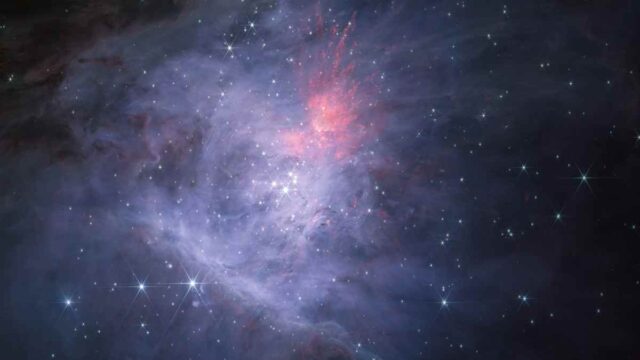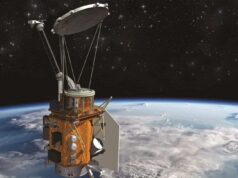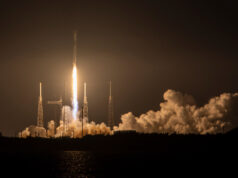
In a groundbreaking discovery, the James Webb Space Telescope (JWST) has identified mysterious Jupiter-sized objects, free-floating in space, within the renowned Orion Nebula. These objects, intriguingly moving in pairs, have left astronomers puzzled and searching for explanations.
Key Highlights:
- The JWST observed approximately 40 pairs of these objects in a detailed survey of the Orion Nebula.
- These objects have been dubbed “Jupiter Mass Binary Objects” or “JuMBOs.”
- Theories suggest these JuMBOs could have originated from regions in the nebula with insufficient density to form stars or were ejected from star systems.
- The ejection hypothesis is currently favored by experts.
- The Orion Nebula, located just 1,400 light-years from Earth, is visible to the naked eye.
The discovery of these objects, moving in pairs and unconnected to any star, has left astronomers scratching their heads. One theory posits that these JuMBOs formed in areas of the nebula where the density of material was too low to create full-fledged stars. Another suggests that they might have formed around stars and were later ejected into interstellar space due to various interactions. “Gas physics suggests you shouldn’t be able to make objects with the mass of Jupiter on their own,” said Prof. Mark McCaughrean, adding that while single planets can be ejected from star systems, the mechanism to eject pairs remains a mystery.
The Orion Nebula, also known as M42, is the closest significant star-forming region to our planet. This nebula is home to a quartet of bright suns at its core, known as the Trapezium. This celestial region can be spotted as a faint smudge in the constellation of Orion, named after the mythical Greek hunter.
The new JWST images, a mosaic of 700 views, were captured using Webb’s NIRCam instrument over a week. These images reveal thousands of young stars, with many surrounded by dense discs of gas and dust, potentially forming planets. However, some of these discs are being eroded by the intense ultraviolet radiation and powerful winds from the massive stars in the vicinity.
The discovery of the JuMBOs has stirred excitement and curiosity in the astronomical community. Dr. Heidi Hammel expressed her astonishment, stating that there were no existing models of planetary system formation that predicted the ejection of binary pairs of planets. She speculated that perhaps all star formation regions host these double-Jupiters, and we’ve just lacked the technological capability to observe them until now.
In conclusion, the James Webb Space Telescope’s discovery of the JuMBOs in the Orion Nebula has opened a new chapter in our understanding of the cosmos. These mysterious objects, moving in pairs and unattached to any star, challenge our current knowledge of planetary formation and star system dynamics. As researchers delve deeper into this enigma, the JuMBOs may well redefine our comprehension of the universe’s intricate tapestry.










